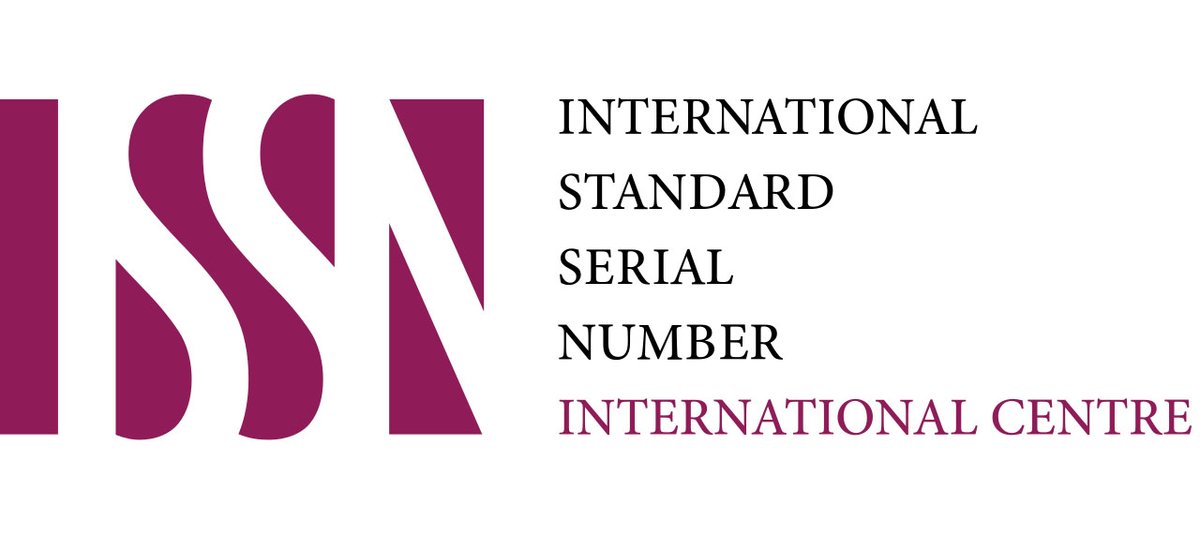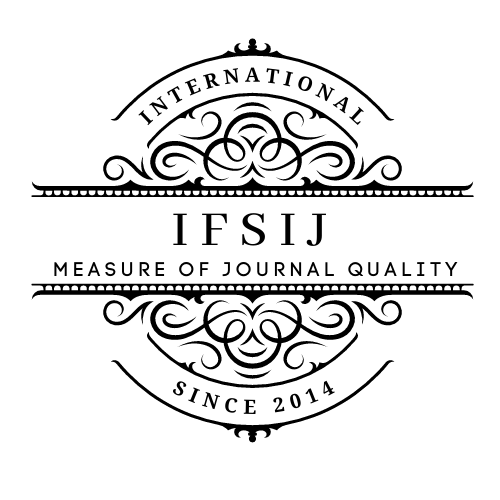THE PREVALENCE OF COVID 19 AND METHODS FOR PREVENTION AND TREATMENT OF IT IN BAGHDAD CITY
Keywords:
COVID-19, Socioeconomic Status (SES) , Recovery Outcomes, Treatment.Abstract
This study examines the demographic, socioeconomic, and occupational factors influencing COVID-19 outcomes in Baghdad in 2024. The analysis reveals that approximately 30% of cases occurred among individuals aged 18-34, highlighting a significant shift towards younger populations compared to earlier studies from Italy. The male-to-female ratio was approximately 55% male, consistent with global trends indicating a higher susceptibility among males. Socioeconomic status emerged as a critical determinant, with 50% of cases from middle socioeconomic backgrounds and 35% from low socioeconomic backgrounds, reflecting broader health disparities observed in other regions. Occupationally, individuals in high-risk sectors such as retail and healthcare were disproportionately affected. These findings underscore the necessity for targeted public health interventions that address the specific needs of younger populations and lower socioeconomic groups. Enhanced support for essential workers and improved healthcare accessibility for vulnerable populations are imperative to mitigate the impact of COVID-19 and improve overall health outcomes in Baghdad.
Downloads
Published
Issue
Section
License

This work is licensed under a Creative Commons Attribution-NonCommercial-NoDerivatives 4.0 International License.















